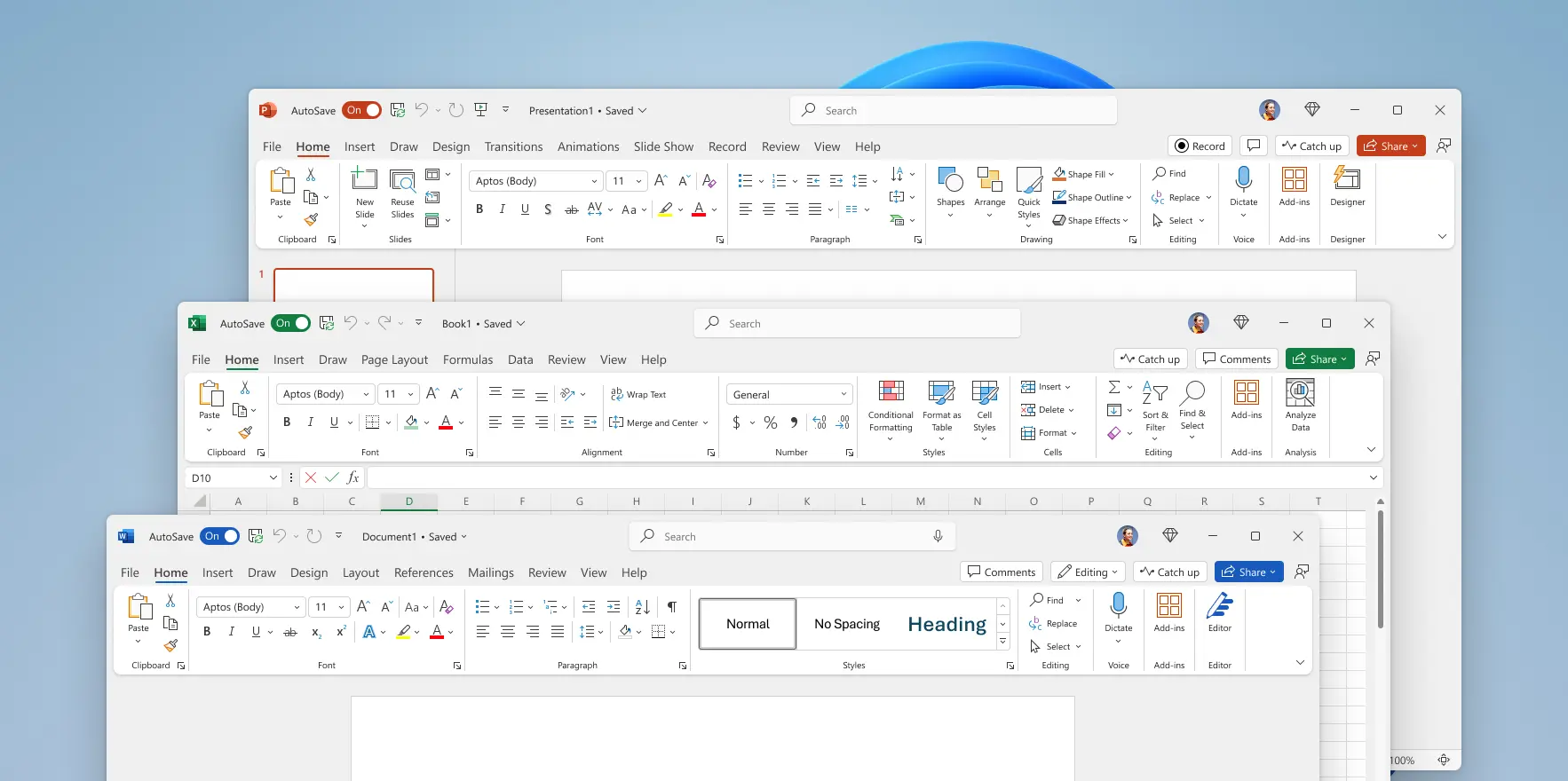this post was submitted on 19 Sep 2024
258 points (83.2% liked)
Technology
72012 readers
4500 users here now
This is a most excellent place for technology news and articles.
Our Rules
- Follow the lemmy.world rules.
- Only tech related news or articles.
- Be excellent to each other!
- Mod approved content bots can post up to 10 articles per day.
- Threads asking for personal tech support may be deleted.
- Politics threads may be removed.
- No memes allowed as posts, OK to post as comments.
- Only approved bots from the list below, this includes using AI responses and summaries. To ask if your bot can be added please contact a mod.
- Check for duplicates before posting, duplicates may be removed
- Accounts 7 days and younger will have their posts automatically removed.
Approved Bots
founded 2 years ago
MODERATORS
you are viewing a single comment's thread
view the rest of the comments
view the rest of the comments


In my experience working with Designers for web and app design, they always had trouble with dynamic stuff at all levels, from program flow and elements which dynamically collapsed or expanded to using animation to illustrate things or call attention to something.
Don't get me wrong, as a programmer I was like a toddler next to them when it came to even just awareness of the concerns related to merelly visual organisation, not counting all sorts of other concerns in a visual design some of which I'm sure I'm even not aware exist. It's just that when it came to dynamic elements their expertise was comparativelly non-existent and they have little or no tendency to use such capabilities, even in things such as apps where they're reasonably easy to do.
In this case I wouldn't associate the poor usability with the designers, I think its down to big business not caring. Plus it costs more to make a UI good, and flexible for different user situations. They'll also hire the cheapest designers. It's all about saving money and more profit. Their main aim. And in the case of monopolies, people can't go elsewhere. The problems all come down from the top.